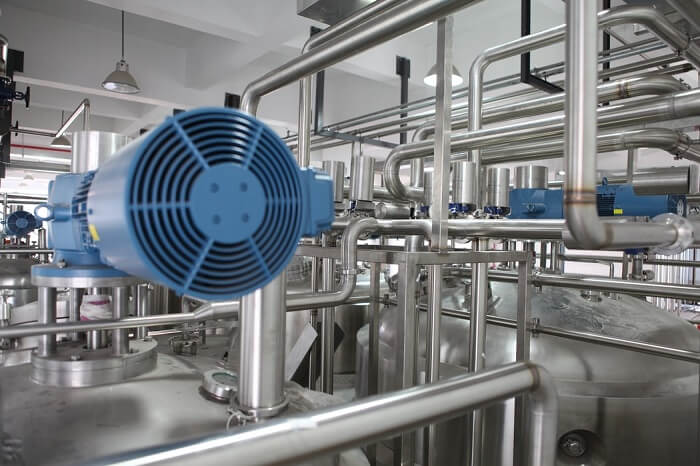In the competitive world of manufacturing, efficiency is the key to success. Companies are always looking for ways to reduce waste, increase productivity, and deliver quality products faster. Improving manufacturing efficiency doesn’t have to be complex, and small changes can make a big difference. In this post, we will discuss five practical tips that can help boost your manufacturing efficiency.
1. Invest in High-Efficiency Steam Boiling Units
One of the most important steps in improving manufacturing efficiency is investing in high efficiency steam boiling units. These units use less energy to generate steam, which can help reduce energy costs. Steam is often used in various manufacturing processes like heating, drying, and sterilizing.
High-efficiency units will ensure that steam is produced quickly and at the right temperature, leading to faster production times and reduced energy consumption. This investment may seem costly at first, but over time, it will save your business money while helping you stay competitive in the market.
2. Upgrade Your Equipment Regularly
Upgrading your equipment regularly is another essential step in improving manufacturing efficiency. Older machines tend to be slower, use more energy, and require more maintenance. By upgrading to newer, more advanced equipment, you can increase production speed, reduce downtime, and lower operating costs.
Additionally, new machines are often designed to be more environmentally friendly, which can help your company meet sustainability goals and reduce its carbon footprint.
3. Install a Fiber Laser Cutter
Another valuable tool to consider is installing a fiber laser cutter. These machines are known for their precision and speed. Fiber laser cutters use high-powered lasers to cut materials with exceptional accuracy, reducing the chances of errors and material waste.
They are also much faster than traditional cutting methods, allowing manufacturers to complete jobs in less time. The ability to cut through a variety of materials with ease makes fiber laser cutters an excellent addition to any manufacturing facility.
4. Implement Lean Manufacturing Practices
Lean manufacturing is a methodology aimed at reducing waste and improving efficiency. This approach focuses on eliminating anything that doesn’t add value to the production process. Start by analyzing your current workflow and identifying areas where waste occurs, such as excess motion, waiting times, or overproduction.
Once you spot these inefficiencies, you can streamline processes to cut down on waste. Training your employees in lean practices and encouraging continuous improvement can lead to better productivity and faster turnaround times, ultimately boosting your overall efficiency.
5. Automate Repetitive Tasks
Automation is an effective way to improve manufacturing efficiency, especially when it comes to repetitive tasks. Automating tasks such as assembly, packaging, or material handling can free up workers to focus on more complex and value-adding activities.
By integrating robotics, conveyor systems, or automated software into your production line, you can increase speed, reduce human error, and improve consistency. The upfront cost of automation may seem high, but the long-term benefits, including labor savings and higher output, will make it worthwhile.
Conclusion
Improving manufacturing efficiency is a combination of adopting new technologies, upgrading equipment, and refining processes. Investing in high-efficiency steam boiling units, installing fiber laser cutters, and implementing lean manufacturing practices can have a significant impact on your business.
By focusing on automation and regular upgrades, you can stay ahead of the competition, reduce costs, and increase overall productivity. Taking these steps will not only improve your manufacturing efficiency but also help create a more sustainable and profitable business in the long run.





